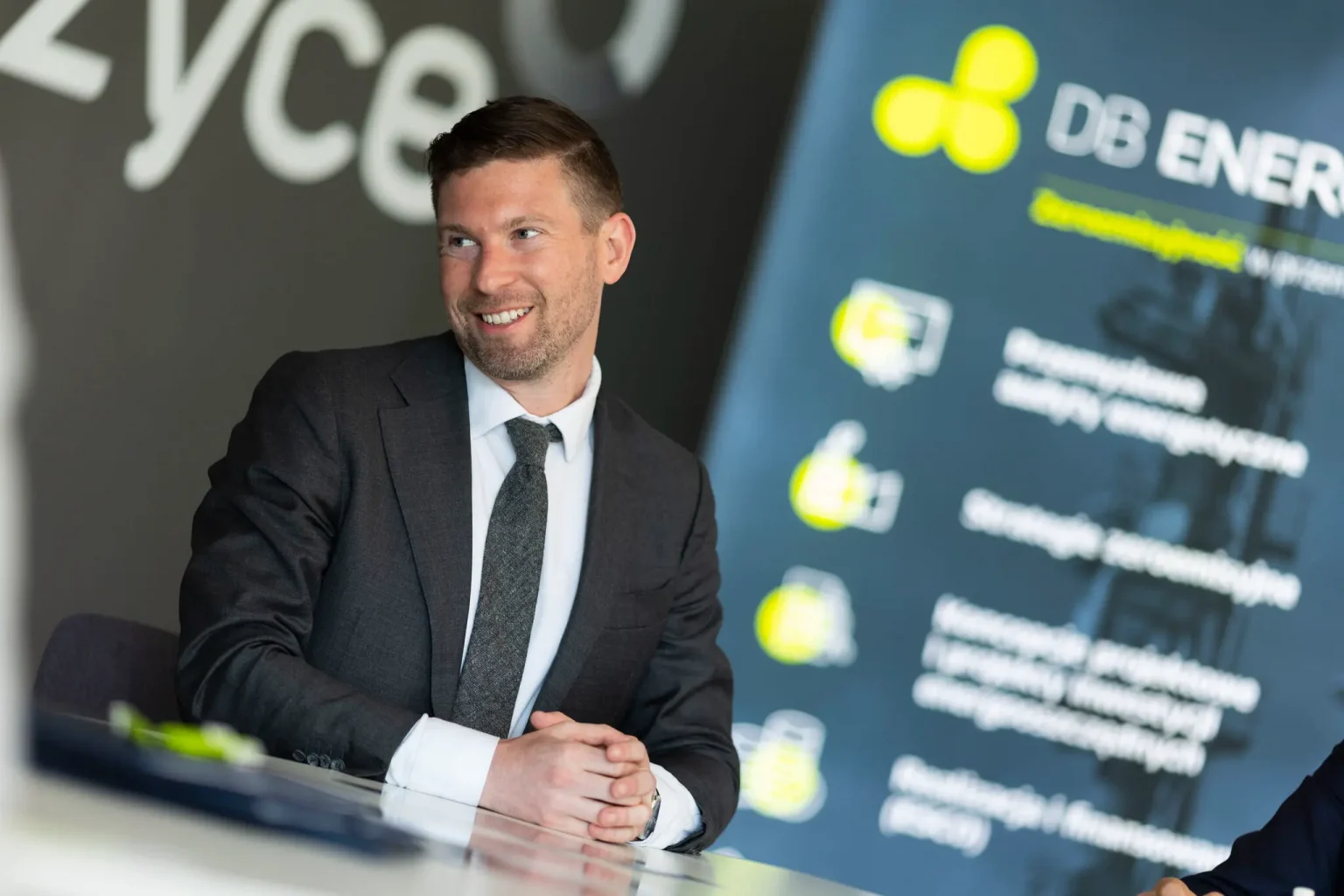- Last Energy develops 20 MWe micro-modular nuclear power plants, making nuclear energy more compact, quicker, and cost-effective.
- Established in 2020 as a spinoff from the Energy Impact Centre, Last Energy hopes to redefine how nuclear energy is used, providing clean energy the world over.
- Last Energy has secured agreements for 51 units throughout Europe, totaling an estimated $32 billion in value. The first plant is set to commence operations in 2025.
Say ‘nuclear power’ and many people think of the negatives. Toxic waste, Chernobyl, Fukushima are three terms that spring to mind with unappealing associations. But nuclear power is also among the cleanest of energy sources, and for at least one man, it’s the best and most effective way to tackle the great problem of our time, climate change.
Bret Kugelmass, CEO and founder of Last Energy, has spoken exclusively to BTW Media about his vision for a world powered by tiny nuclear reactors that fit inside one-third of an acre. His modular plants can be manufactured and delivered quickly, and their size makes them easier and safer to use than existing options.

Interview with Bret Kugelmass, founder and CEO of Last Energy
What is Last Energy? What problem are you solving, for whom?
Last Energy is a full-service developer of 20 MWe micro-modular nuclear power plants. Our goal is to enable global clean energy access and decarbonisation by unlocking nuclear energy at scale.
The benefits of nuclear energy are easy to appreciate. Nuclear is uniquely energy dense, carbon free, and available in abundance 24/7, making it our best solution to meet our energy and climate challenges.
The problem is that new nuclear development has been at a standstill for several decades. The main reason for this is that the nuclear industry centres around plants that are extremely big and bespoke, resulting in them being prohibitively time-consuming and costly to build.
Our solution is simple: by building plants that are micro-scale, modular, and therefore manufacturable, they become very easy, fast, and affordable to develop. In other words, we’re not trying to discover some new breakthrough in nuclear science or innovate what’s inside the reactor. We’re simply innovating how it’s delivered to reduce timelines and costs.
To be clear, delivering nuclear energy in a way that’s smaller, faster, and cheaper solves an immediate nuclear industry problem. But successfully delivering that version of nuclear energy also solves a variety of higher order problems. It offers the world an infinitely abundant source of clean, reliable baseload power. And because it’s affordable, it can be sold to a previously untapped market — private industry — which, in turn, enables widespread industrial decarbonisation. The need to decarbonise is especially acute in certain industries, including data centres, auto manufacturers, and so forth. We’re giving them a path to achieve that goal.
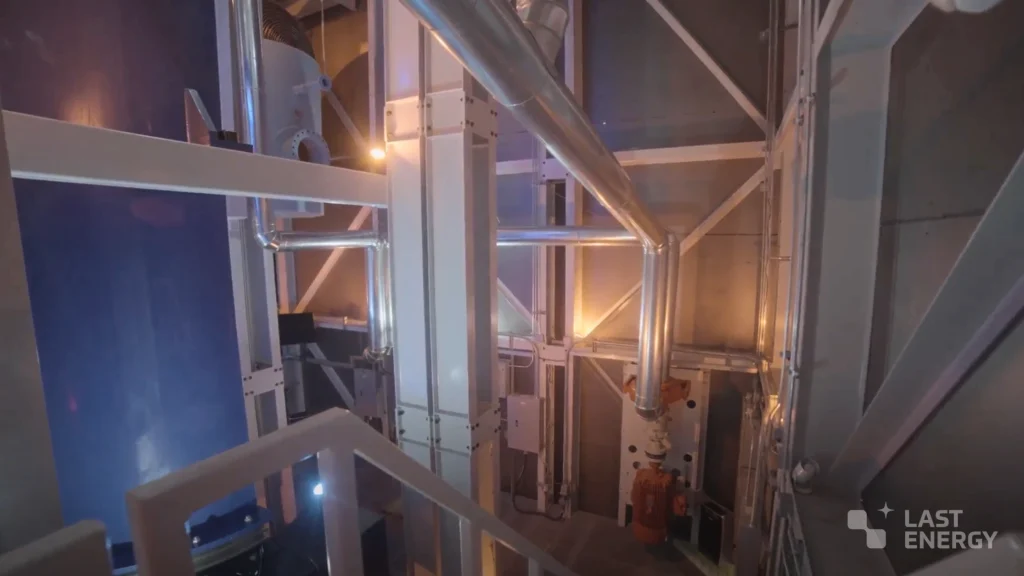
Can you update us on your latest numbers – the number of signed contracts, where, for what value in sales, and when the first are likely to go live?
So far we’ve reached agreements for 51 units with entities across Europe, worth approximately $32 billion USD.
With respect to timing, a Last Energy plant can be manufactured, transported, and assembled within 24 months. We’ve already begun the fabrication process and plan on bringing our first plant online in 2025. Of course, part of the equation is clearing the relevant regulatory hurdles, and we’re making progress on that front in each of our markets. But on the fundamental question — how quickly we can physically deliver a unit — there’s no question that can be done in a two year period.
Data centres are one of your target niches – why do you think you can offer value here especially?
Data centres are a unique use case. Global demand for data centres is already high, but that will only skyrocket as more people come online and services like cloud and AI become commonplace for organisations.
That means data centres will face two fundamental challenges. One, they’ll need significantly more power, at all hours of every day. We wrote about this in a recent white paper, but the global data centre industry already consumes more energy in a year than entire countries including South Africa, Egypt, and Argentina. That is only going to trend upward, and it will pose an especially big challenge for data centres that don’t have a reliable grid connection or can’t absorb grid price volatility.
At the same time, data centres need to decarbonise because of increasingly ambitious climate regulations, changing investor preferences, and existing commitments made by them or their customers. Data centres and their transmission networks are currently responsible for 330 megatonnes of CO2 equivalent emissions each year. But to reach net zero by 2050, they need their emissions to fall 50% by 2030.
Threading that needle will be impossible with the energy solutions that usually come to mind. Wind and solar are both moderately expensive, but they come with massive land requirements, low energy capacity factors, project life spans between 20 to 30 years and, of course, the added variable of investing in storage capabilities. Traditional large-scale nuclear energy requires less land than renewables and has a very high energy capacity factor, but the costs are astronomical and out of reach for most data centre operators.
Small modular nuclear reactors (SMRs) are a different story. While the SMR space has several gradations, they’re smaller, last 40 years, offer a capacity factor of 93% and, crucially, are cost-effective to build. In Last Energy’s case, our product, the PWR-20, is so small and modular that it can be delivered within two years, manufactured at scale, and sited nearly anywhere.
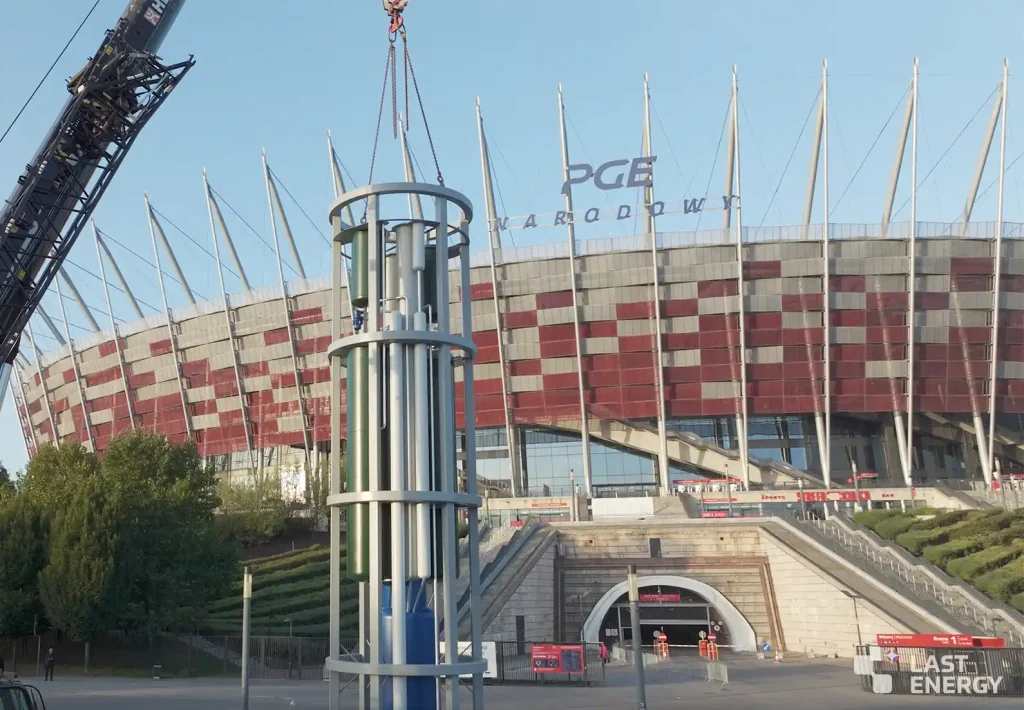
Are there any situations or places where you think your ideas would not work? For example, there are a lot of data centres being built in India and Africa, would micro nuclear work here too?
The laws of physics and principles of modularity, standardisation, proven supply chains, and so forth are all universally applicable, so our approach is theoretically possible anywhere. Whether there is market demand and a manageable regulatory regime in a given place is a different question. We’re not doing business in India or Africa, so I won’t comment on the rules that exist there. But, in principle, if you have the right conditions on the ground, there’s no reason why our reactors couldn’t be exported everywhere (which is ultimately what we want to do).
Please dive a little deeper into the how of what you do – if I were a data centre interested in your product/service, what would the process be? What would I need to have (land space? How much? access to water?), what would I need to plan, what bureaucratic hoops would I need to jump through?
The short version is that a data centre would enter into a power purchase agreement (PPA) with us, where they pay a clear, agreed upon rate for a clear, agreed upon amount of power. Crucially, they don’t pay for the construction of the plant. They simply pay for the energy provided from the plant.
One thing that distinguishes us in the nuclear space is the fact that we’re a full-service developer, meaning we handle — and are therefore accountable for — the entire process of financing and building the plant, providing power, and checking all of the boxes in between. We build, transport, and assemble everything, but we also manage project development, licensing, operations, maintenance, and so forth. Because we’re responsible for everything — rather than simply providing a specific component or delivering a particular service — our incentives are tied to our customers’ need for quick, affordable energy. We only make money once we’re delivering power, so we have a vested interest in making that happen swiftly and efficiently.
A data centre that approaches us will obviously need to come in understanding their energy needs, but, again, because we’re a full-service developer, we make the rest of the process very simple. Assuming they want a direct, on-site connection to our plant — opposed to receiving it through the grid — securing nearby land is a variable. But because our plant footprint is so small (0.3 acres, which is less than a third of a football pitch) and we employ air-cooling (meaning we don’t need to be near a large body of water), we have immense flexibility with siting.
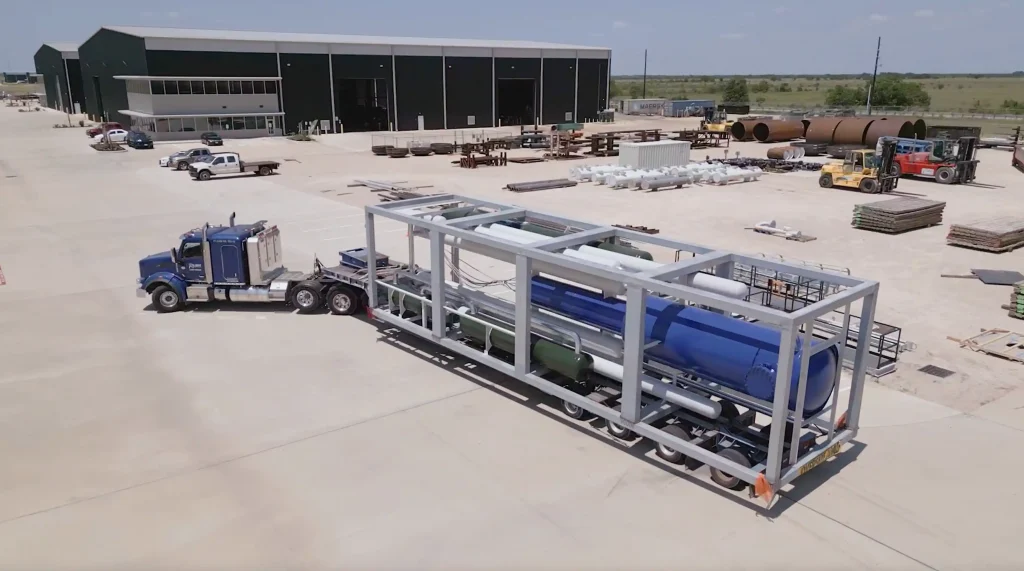
How do you handle skepticism about or criticism toward nuclear energy, especially regarding safety and waste?
Concerns about nuclear safety and waste are often the result of confusion. From mining and plant construction to operations and decommissioning, the nuclear industry has exceptional standards.
In Last Energy’s case, our reactors are designed to mirror the International Atomic Energy Agency’s (IAEA) Defense in Depth principle. They’re also stored and protected underground in a system that’s leak-tight and prevents radiological releases. Our plants additionally employ indefinite passive cooling and, during decommissioning, reactors and spent fuel are moved to a certified off-site waste storage facility. More fundamentally, because we’re building smaller, simpler plants, there’s simply less room for malfunctions compared to big, complex systems.
Provide a few more details about the alternative offers you can provide, from the private single company plants, to government or Economic Zone plants, and anything in between and around. Provide details on the bespoke features of a plant etc.
The crux of the offer is that we can provide micro-scale nuclear energy to an end user on-site, via a private wire between their facility and our plant. With that said, there are variations. We can build multiple units for them if they need more than 20 MWe. In other cases — like in Poland, which is one of our markets — the customer isn’t a single business but, for example, a large industrial zone that needs to provide power to several entities.
The idea is to start by packaging nuclear energy in a small, affordable way such that it caters to individual businesses. But because the system is so modular and standardised — meaning we build one product the same way every time — we’re able to focus on replication rather than novelty. This allows us to scale up production easily, and mirrors the founding principles of mass auto manufacturing.
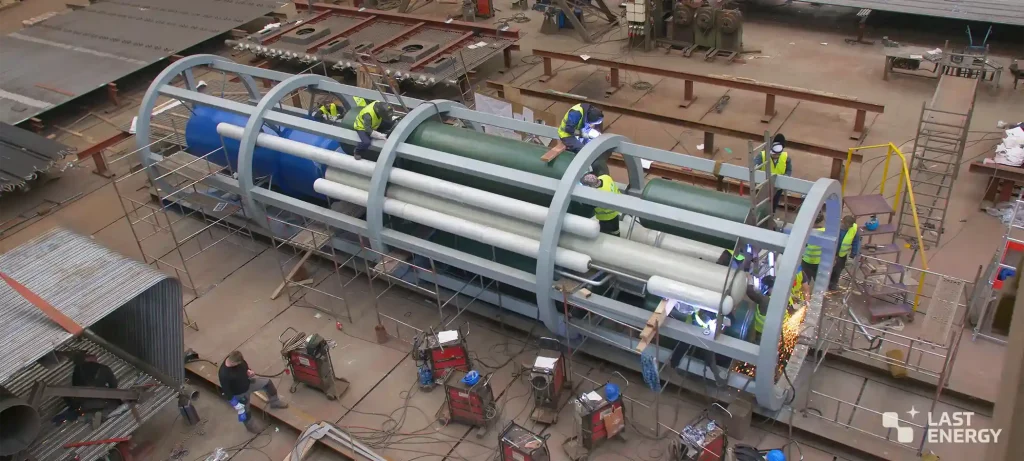
Finally, provide the story of how Last Energy came about – what made you think micro-nuclear could be a viable business model?
It’s been a long journey, but I made the decision in 2017 to move from the Bay Area to Washington, D.C. to focus on energy and climate policy questions. At that time, I founded a research institute called the Energy Impact Centre, where we worked on identifying the most effective and scalable solutions to address the world’s energy security and environmental challenges.
Throughout the time period — and thanks to a podcast I started where I spoke to hundreds of experts — it became obvious nuclear energy was the key, so long as it was delivered in a smarter way. From there, Last Energy was born in 2020 as the Energy Impact Centre’s commercial spinoff. As you allude to, our core conviction is that the business model — rather than the science — of nuclear energy is what needs to be fixed. That’s the problem we’re solving, and the result will be a new paradigm where energy consumption and environmental harm are finally disentangled.

